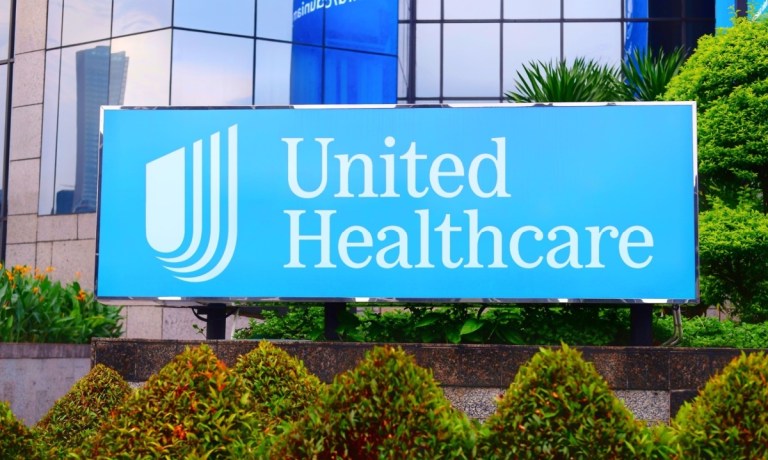UnitedHealthcare Acknowledges ‘There Are Problems’ After CEO’s Murder

UnitedHealthcare is reportedly working to overhaul its customer service following the murder of its CEO.
When Brian Thompson was shot and killed on the streets of Manhattan last year on his way to an investors meeting, his accused killer became something of a social media folk hero among people who saw the healthcare company as cold and uncaring.
UnitedHealthcare executives said they recognize the need to improve communications with customers and to make their system easier to navigate, Bloomberg reported Wednesday (April 16).
Tim Noel, who took over the insurance unit when Thompson died, said in the report that management is “acknowledging that there are challenges, there are problems.”
“We are fixing them,” Noel said, per the report, from UnitedHealthcare’s suburban Minneapolis headquarters, outfitted with a new security perimeter and guards who check each vehicle upon entry.
UnitedHealth Group, owner of UnitedHealthcare, the biggest health insurer in the United States, is set to report its earnings Thursday (April 17). Investors will want to see medical costs and how UnitedHealth is dealing with public sentiment, the report said.
Company officials said they are speeding up decisions on requests for care, known as prior authorizations, and shrinking the number of medical services subject to those hurdles. The company is also trying to enhance its communications with customers when a request or claim is denied, according to the report.
The interview with Noel represented a change for UnitedHealth, as the company had traditionally limited its public remarks to scripted events, the report said. Now, the company wants to change the narrative by communicating its role in the health world more directly.
Meanwhile, the healthcare sector is attempting to overhaul its payments practices.
“Despite widespread digital transformation across industries, a large swath of the healthcare sector remains tethered to manual payment systems,” PYMNTS reported Wednesday. “However, these paper checks, manual reconciliation processes and outdated billing infrastructures can introduce frictions that reverberate across the value chain, from payer to provider to patient.”
The PYMNTS Intelligence report “A Dose of Digital: How Modernizing Payments Is Revitalizing Healthcare” found that 67% of healthcare payer executives suffered reduced efficiency because of these outdated systems.



